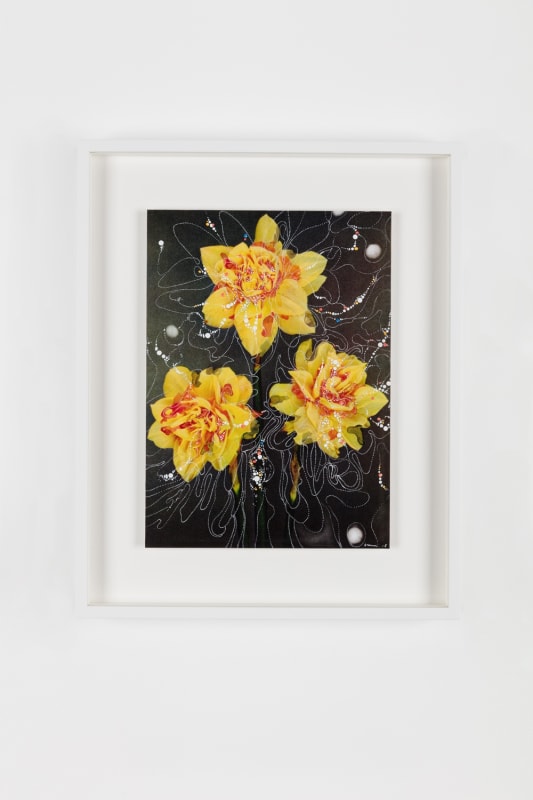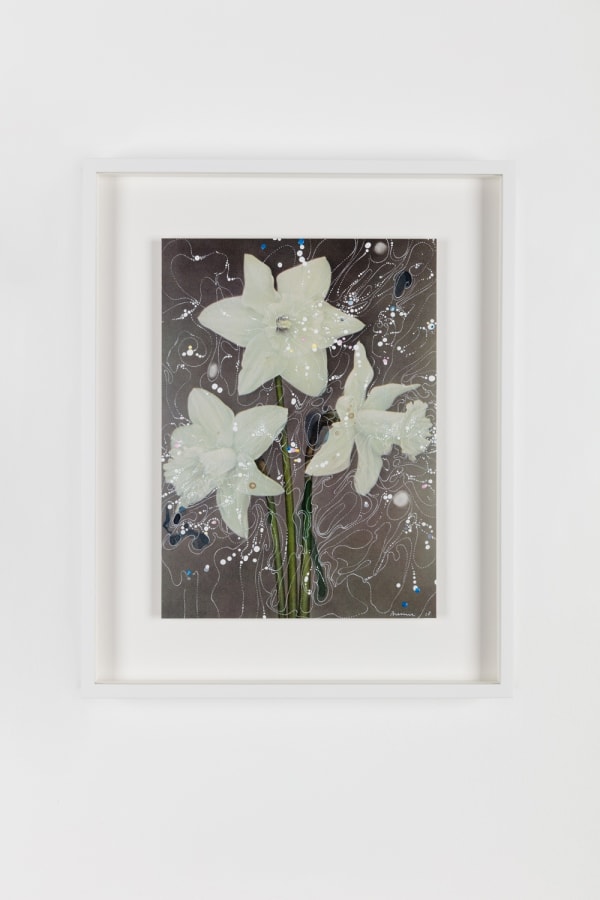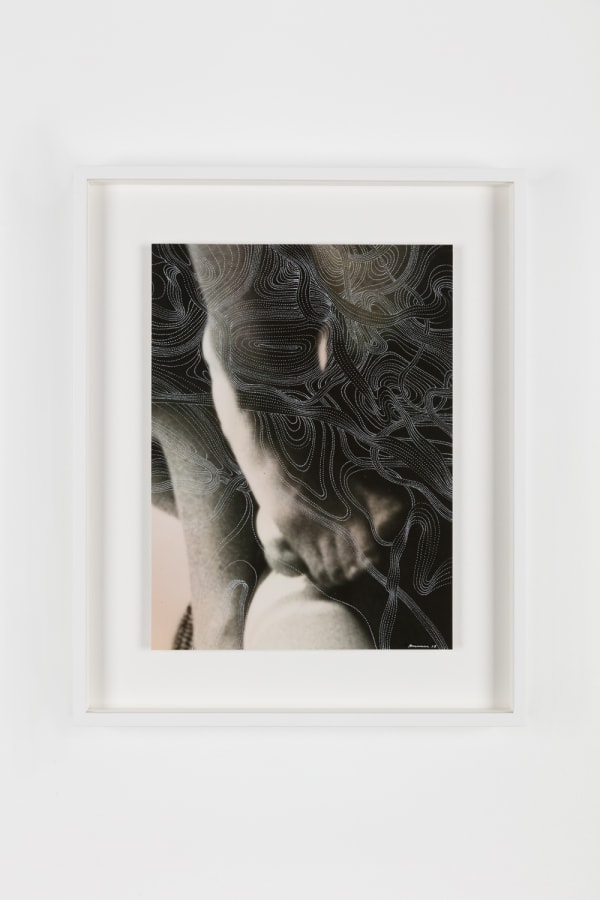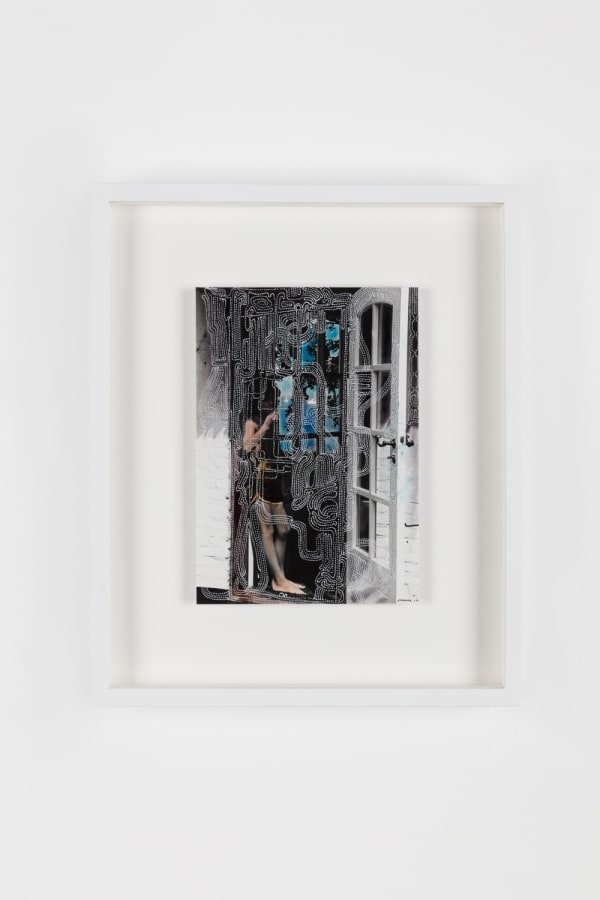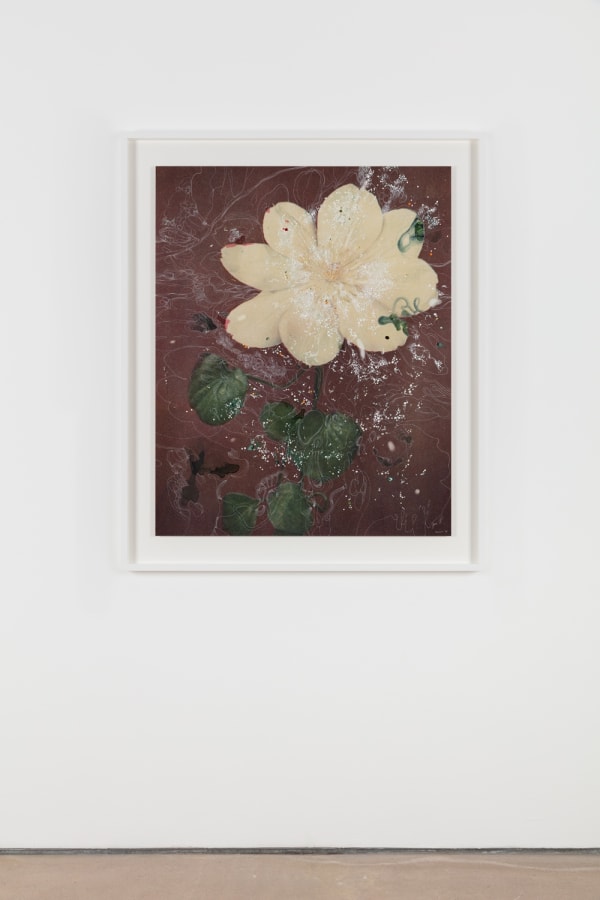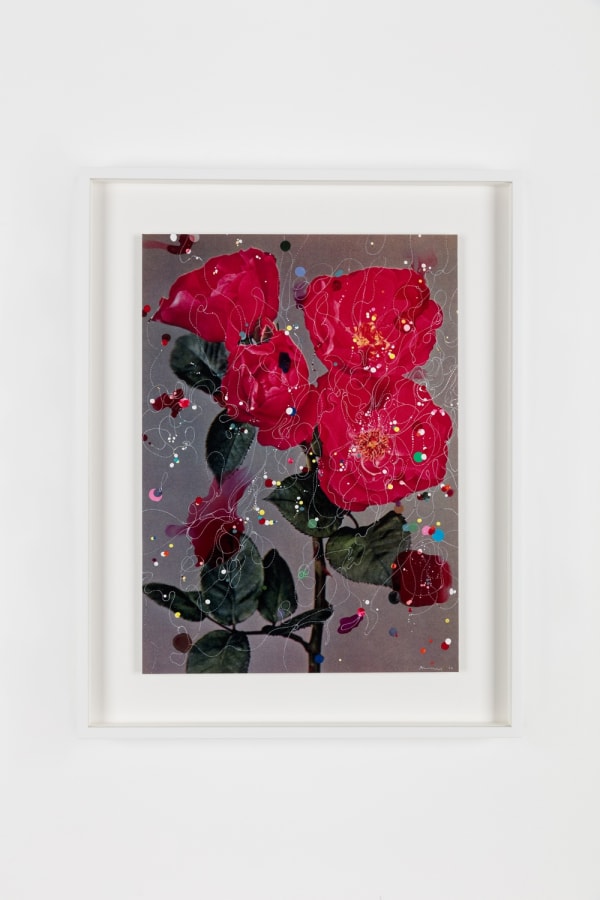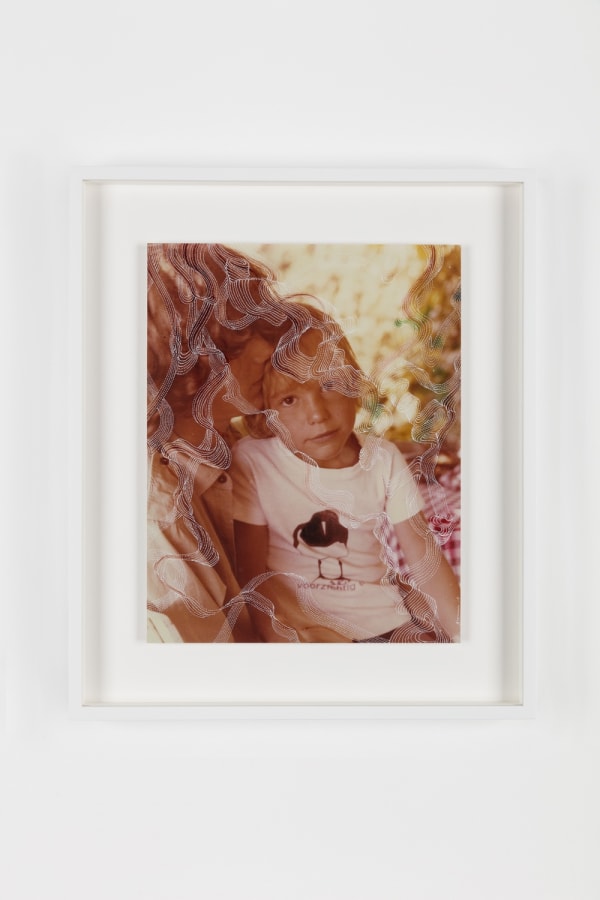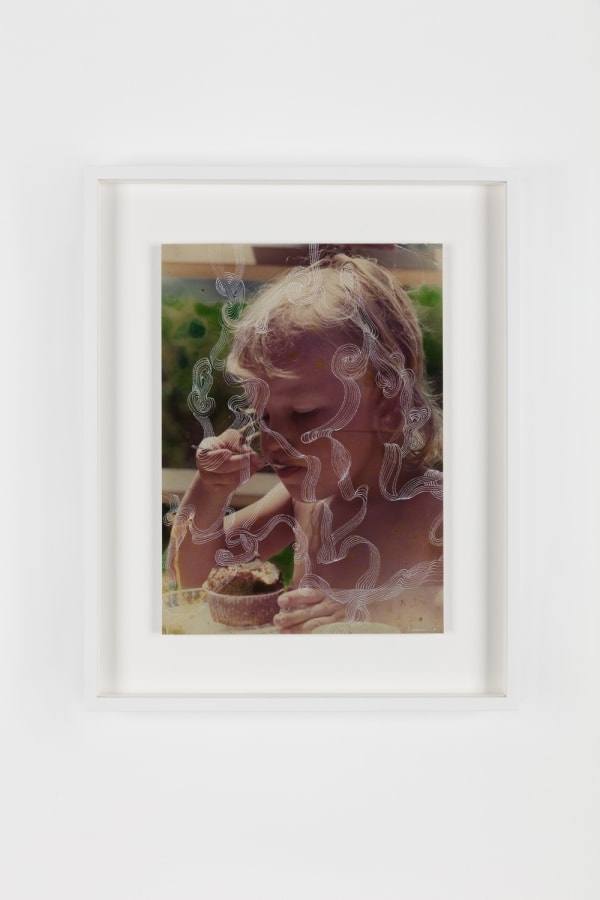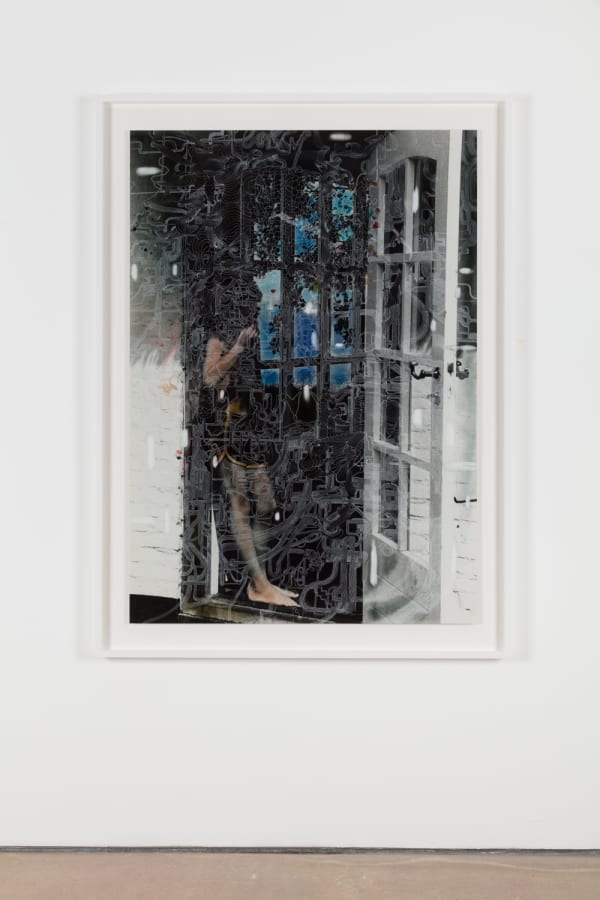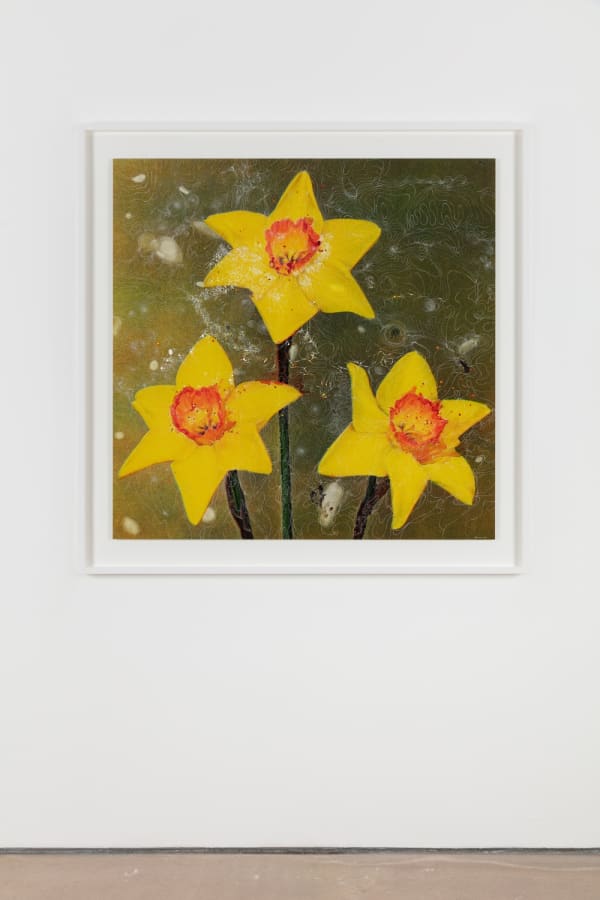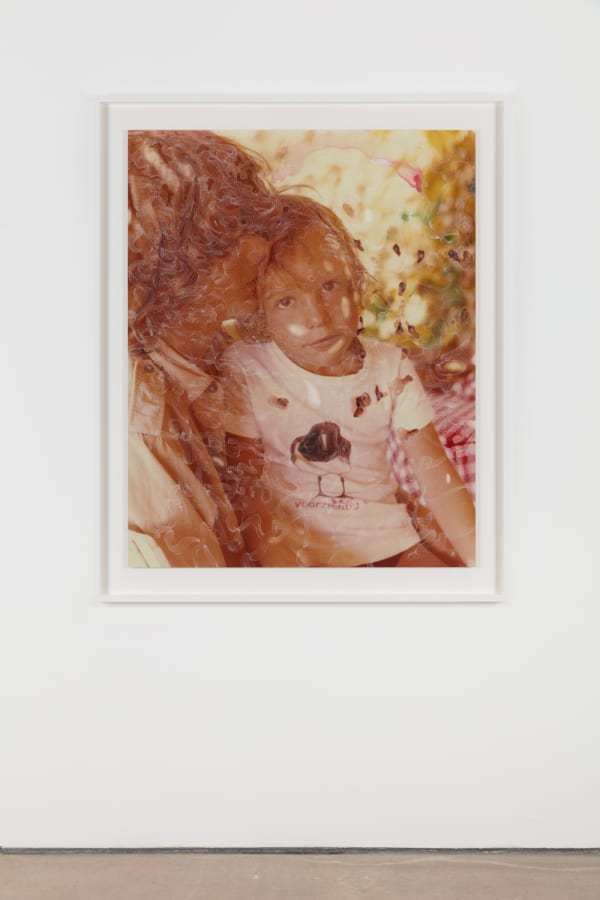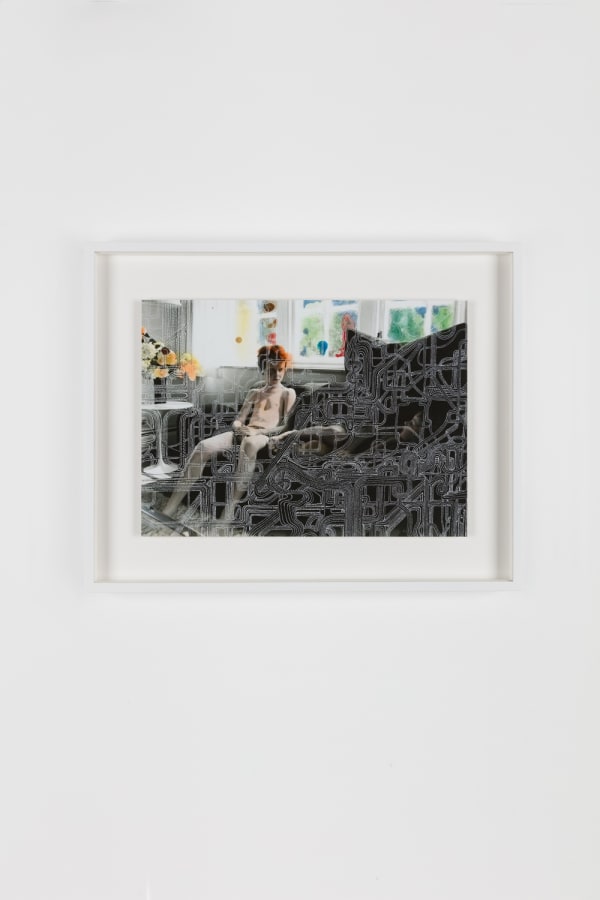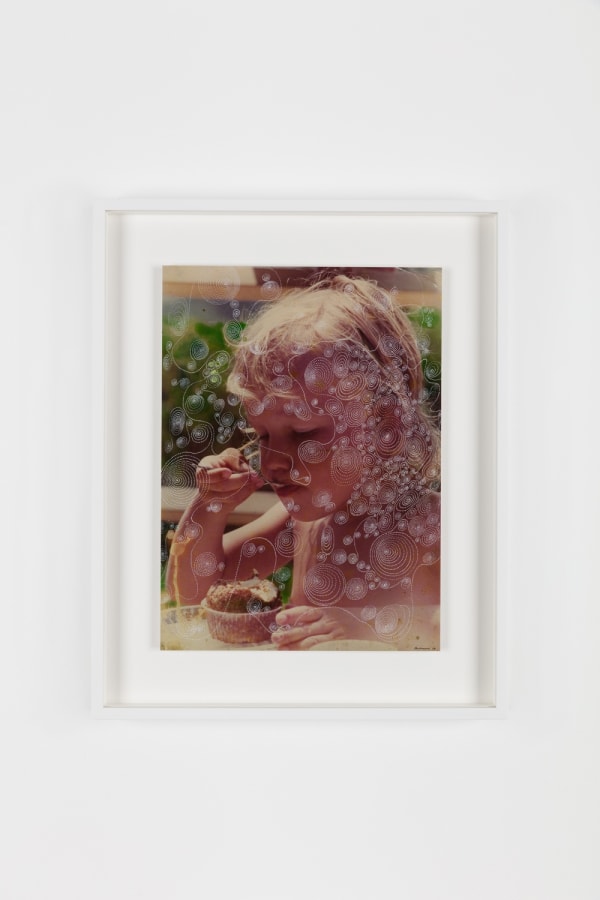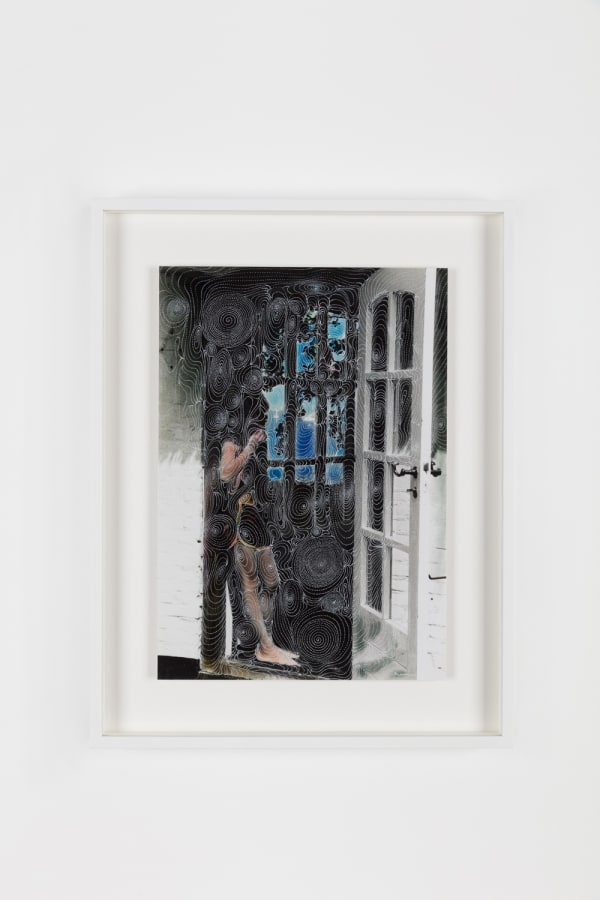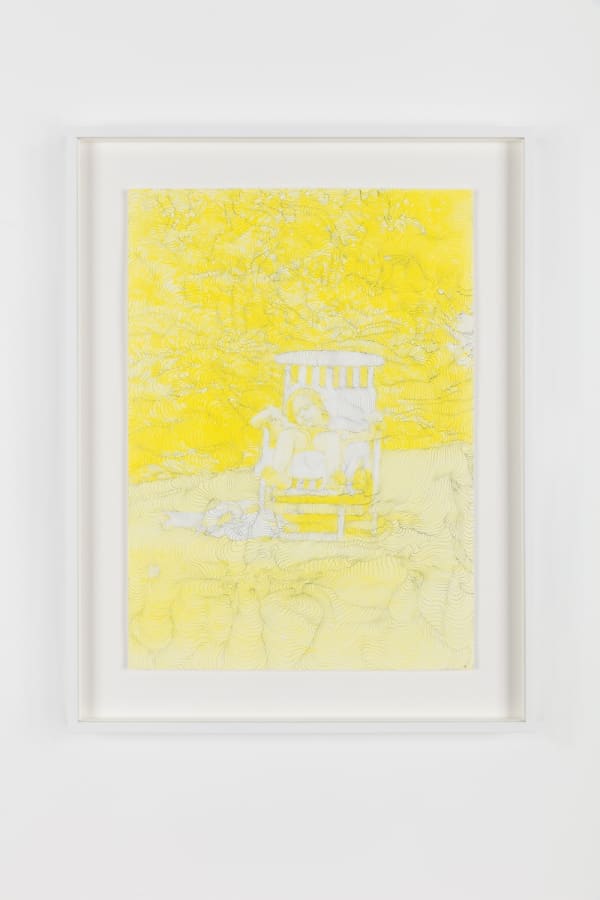Sebastiaan Bremer: Here Comes the Sun
Hales Gallery is delighted to announce Here Comes the Sun, its fifth solo exhibition with Dutch-born, New York-based artist Sebastiaan Bremer.
Throughout his career, Bremer has in one way or another used pre-existing images to explore profound ideas about time, memory and processing. In his early work, he meticulously reproduced personal snap-shots in painting. Over the years, this process of ‘re-thinking’ visual documents from the past has led Bremer to experiment with different techniques and materials that alter the image’s material existence, adding new dimensions and shifting the viewer’s perception. In 2000 Sebastiaan Bremer began to draw directly onto the surface of personal photographs, covering the images with intricate patterns of dots. Although the work has undoubtedly developed over the years, Bremer notes that ‘the mark making which I found as my mode of expression is truly mine. It is my way of putting myself with a mark into the picture, changing it, making my point of view visible inside the photographed reality.’ It is the transformative veil of the artist’s signature white dots that emotively and visually trace memories throughout his body of work.
For Here Comes the Sun, the artist has circled back to an early way of working after years of experimentation, celebrating his formative process. In this exhibition, Bremer delves into personal memories, registering thoughts and feelings in order to engage with universal concerns about family, the fragility of life, and time passing. Distinctions between the past and present along with old and new observations blur to create alternative narratives that are not entirely conclusive. Much like the nature of memory, his works evoke the way in which we often only half-remember certain moments and how our perceptions change over time. In Here Comes the Sun, images of the artist as a child are shrouded in a web of distinctive dots: a type of mark-making that Bremer describes as biological pathways mimicking neuron connectors. The work creates connections between all living things; patterns reference subconscious thinking and emotion and remain a constant that draw the viewer into Bremer’s work, capturing their attention. These patterns lend an intimacy to viewing the pieces, as one has to get physically close to the photographs in order to explore the undulating patterns that swirl across the surface. Yet to see the image underneath - to grasp it fully - the viewer has to take a step back in order to take it all in.
Using photographs from his childhood to explore youth and the fragile nature of life, Bremer’s process is experimental, self-reflective and meditative. Recalling his state of mind in these melancholic images of himself as a young boy, he sees his son within them. In Here Comes the Sun he re-examines memories of his younger years by hand tinting photographs taken by his sister and then thoughtfully adding his characteristic white dots to the surface of the image. The transformative and imperfect process of drawing onto the photographs provides a new narrative to ephemeral scenes. These portrayals of the artist are layered, dark and nostalgic, oozing colours signifying Bremer’s mental state, while the repetition of imagery in different sized works throughout the exhibition makes reference to the act of looking back from a current perspective.
Punctuating the narrative of personal childhood memories are bright explosions of colour presented through the new works from Bremer’s ongoing Bloemen series. The brightness of the Bloemen works provides relief from the melancholia of the figurative pieces. Yet just as in the family photographs, these works also bear several layers of personal history for the Dutch-born artist: these images of flowers are a symbol of Dutch identity and national pride, taken directly from a 1948 book Bloemen, produced in Holland as part of an effort to rebuild the nation’s spirit after the turbulent war years. For Bremer, the Bloemen works are full of hope and melancholia at the same time, as they exemplify the universal appeal and timelessness of flowers while also bringing back personal memories of home.
Bremer sees Here Comes the Sun as a small monument to the past; of half remembered memories and musings on what the future might bring. Each of us, despite our individualism and uniqueness, can relate to the universal experience of remembering, connecting our own past to these visual manifestations of memory.
ABOUT THE ARTIST:
Sebastiaan Bremer (b. Amsterdam, The Netherlands, 1970) attended the open studio program in Vrije Academie in The Hague (1989-1991) and moved to New York in 1992. In 2016 Fort Worth Contemporary Arts at TCU held a mid-career retrospective of Bremer’s work. Other selected shows include Tate Modern (London), The Brooklyn Museum of Art (New York), Het Gemeentemuseum (The Hague), The Aldrich Museum (Connecticut), Marlborough Gallery (New York), Storefront for Art and Architecture (New York), Mia Sundberg Gallery (Stockholm), Projektraum I (Berlin), Kunsthal KadE (Amersfoort), MOCA Tucson (Tucson), the Tang Museum, Skidmore College (Saratoga Springs), and the Warhol Museum (Pittsburg). Bremer’s work is represented in important private and public collections such as Victoria & Albert Museum (London), MoMA (New York), LACMA (Los Angeles), Berger collection (Zurich), The Zabludowicz Trust (London), and the Rabobank Collection (The Netherlands).
